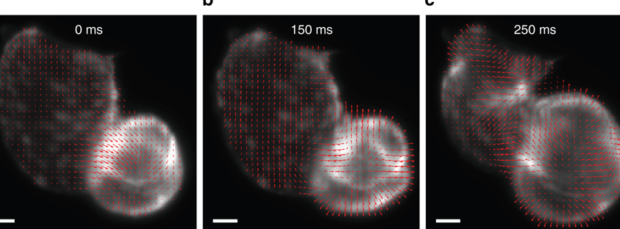A marriage of sound and light could hold the key to diagnosis of the early stages of various diseases, including cancer, new research led by St Andrews University has revealed.
The international team, including Edinburgh and Glasgow Universities and colleagues in America and Australia, developed an innovative new way to hold samples using sound while they are imaged using light.
Published in Nature Communications, the research paves the way for a host of new studies for advanced drug discovery and combating conditions such as coronary heart disease.
The ability to hold and image objects has had a profound impact across biomedical sciences.
The innovative approach developed by the team uses sound waves to grip small samples.
The team held a range of samples, including zebrafish embryos and larvae, and a variety of marine animals.
They were then rapidly sampled by light sheet imaging, a powerful way to acquire 3D volumes of organisms.
St Andrews’ Professor Kishan Dholakia said: “We anticipate this approach can also be used for high throughput drug discovery, an important topic for future healthcare”










